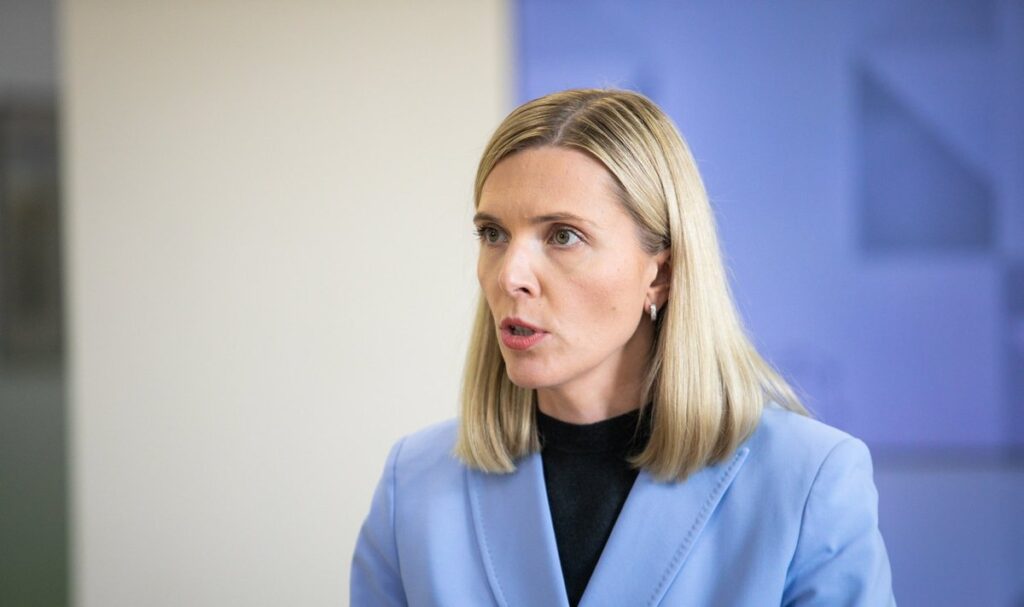What’s behind the bond market turmoil?
Although the jitters had calmed somewhat by Thursday afternoon, traders will be on high alert over the coming days.


The cost of government borrowing has spiked in recent days, climbing to levels not seen since the financial crisis and potentially adding billions to the government’s spending bill.
This week the interest rate on the 10-year gilt hit its highest level since 2008 while the yield on the 30-year gilt reached its highest level since 1998.
Although the jitters had calmed somewhat by Thursday afternoon, traders will be on high alert over the coming days. But what has driven the sell-off in UK government debt?
While domestic factors have contributed to the gilt market turmoil, most analysts suggested the movements have primarily been driven by global trends.
“Most of this move is being driven by events outside the UK’s direct control…with political events in the US causing an uncomfortable spillover effect,” Simon French, head of research at Panmure Liberum, said.
In particular, markets are re-evaluating the path for interest rates in the US this year given both the strength of the economy and the potential for Donald Trump’s tariffs to reinforce inflation.
This has contributed to an extended sell-off in sovereign debt markets over the past few weeks, with US, German and French bonds also suffering.

“All gilts are doing is mirroring US Treasuries,” George Saravelos, a foreign exchange analyst at Deutsche Bank, said in a note today.
However, in recent days, gilts have suffered much more than bonds from other jurisdictions suggesting there are some UK-specific factors.
The UK is particularly vulnerable to global market movements because international buyers make up a larger share of UK debt holdings than in many other advanced economies.
“The marginal price setter of the value of gilts is not domestic policy but global yields. When US Treasuries sell off, gilts should sell off more than other bond markets,” Saravelos said.
Concerns over the domestic economic outlook have also contributed to the turmoil in bond markets. In particular, analysts have flagged concerns about the government’s fiscal plans, which will see government spending increase by £70bn over the next five years.
This will partly be funded by an increase in borrowing, with government debt issuance set to reach the second highest level on record this fiscal year.
“The UK is borrowing a lot this year, investors need confidence to buy that debt otherwise gilt yields will continue to move higher,” Matthew Amis, investment director, at Abrdn, said.
Official forecasts suggest that the government’s fiscal plans will contribute to higher inflation, forcing the Bank of England to slow the pace of interest rate cuts.
All this while the growth outlook remains poor. “Stagflation remains the ‘mot du jour’,” said Michael Brown, senior research strategist at Pepperstone said.
Whatever the cause, economists were agreed that the increase in borrowing costs would force Reeves to raise taxes or cut spending if she wanted to stick to her fiscal rule, which requires a day-to-day spending to be met by tax receipts.
Sterling falls against dollar
Analysts were also alarmed by the pound’s performance. Sterling fell to its lowest level against the dollar since November 2023 on Thursday.
Higher gilt yields typically support the value of the pound, because it means investors can receive a higher return on their investment. The fact that both assets were struggling might imply more fundamental concerns about the state of the economy among investors.
“The combination of a weaker pound and higher relative gilt yields has eerie echoes of August-September 2022, and if this continues, could potentially be evidence of a buyer’s strike or capital flight,” Mike Riddell, a portfolio manager at Fidelity International said.
However, other commentators suggested that there were other explanations for sterling’s weakness.
Analysts at ING said the pound’s weakness was “a function of positioning”, with traders choosing to unwind bets they had placed on the currency last year.
The pound was one of the best performing currencies in the world last year, which also makes it vulnerable to a sharp correction in the face of a stronger dollar.
The UK benefited from ‘hot money’ inflows last year, with traders looking to make a quick return from the higher rates on offer in the UK compared to the rest of the G10.
With investors re-evaluating the path for US rates, this trade will suffer. “The sterling long built up over the last twelve months is now in the process of being unwound and likely has further to run,” Savarelos at Deutsche Bank said.



